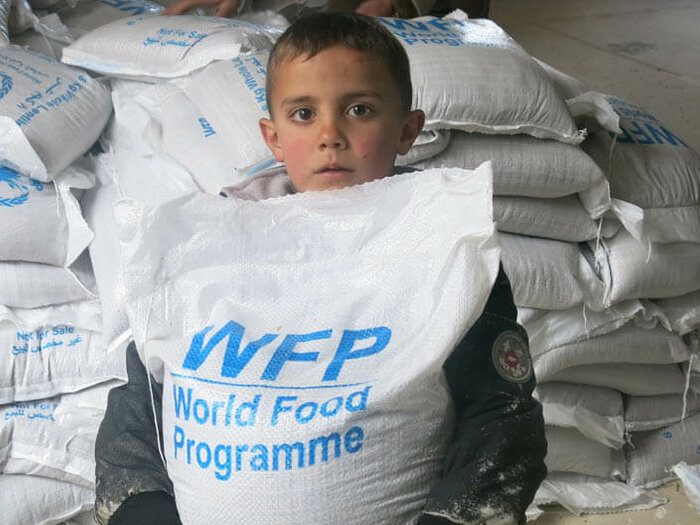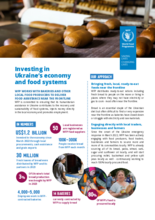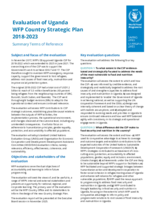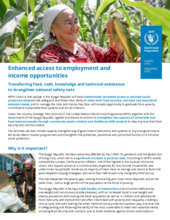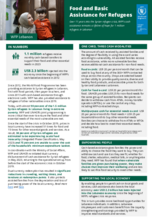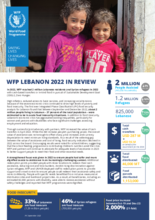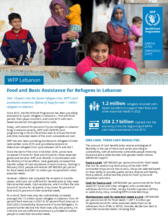Providing food to people in need has long been the cornerstone of the World Food Programme (WFP)’s work, our historical raison d'être. While we have shifted our approach over the past decade – from food aid to food assistance in the form of cash transfers – the provision of food in kind remains a fundamental part of our work and often the best solution in fragile or crisis situations.
After a disaster, during lean seasons, or in conflict or displacement situations, when people are cut off from their normal sources of food and cannot access enough food to meet their needs, WFP’s in-kind food assistance aims to fill the gap.
This involves the distribution of a selection of foods chosen to prevent malnutrition and meet the energy needs of the people we serve. Food can be provided to everyone in a geographic area or a camp (known as blanket distribution) or provided to specific individuals or groups considered particularly vulnerable (targeted distribution).
In-kind food assistance can be short term and has a phase-out strategy that allows it to be discontinued as soon as communities re-establish their self-reliance or can be helped through other interventions.

